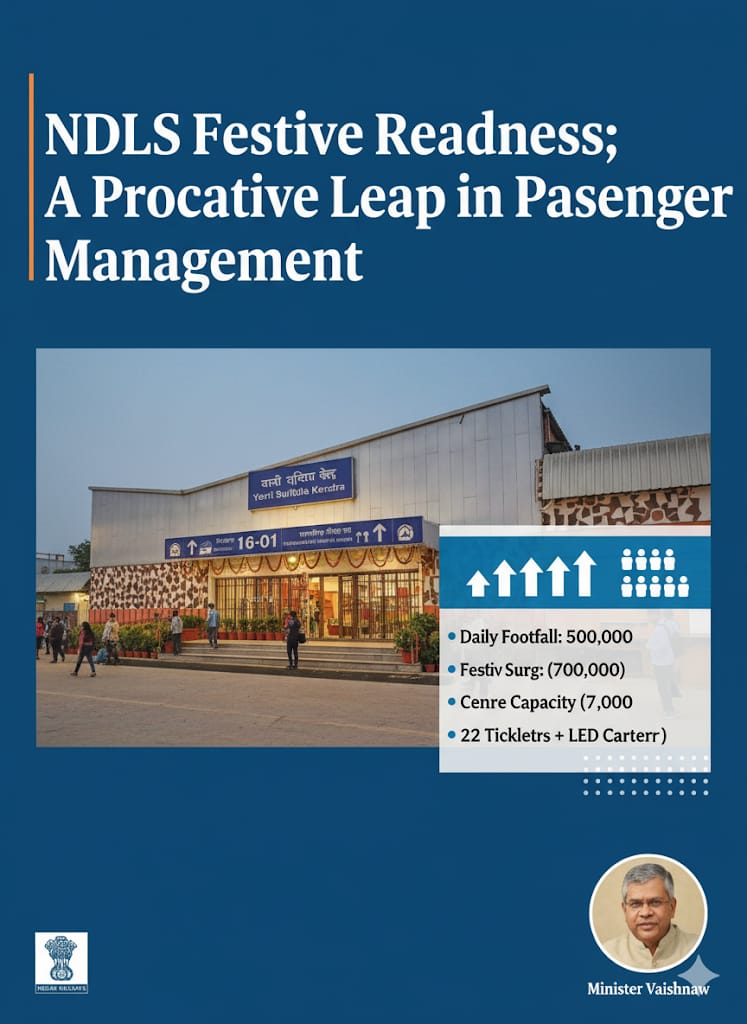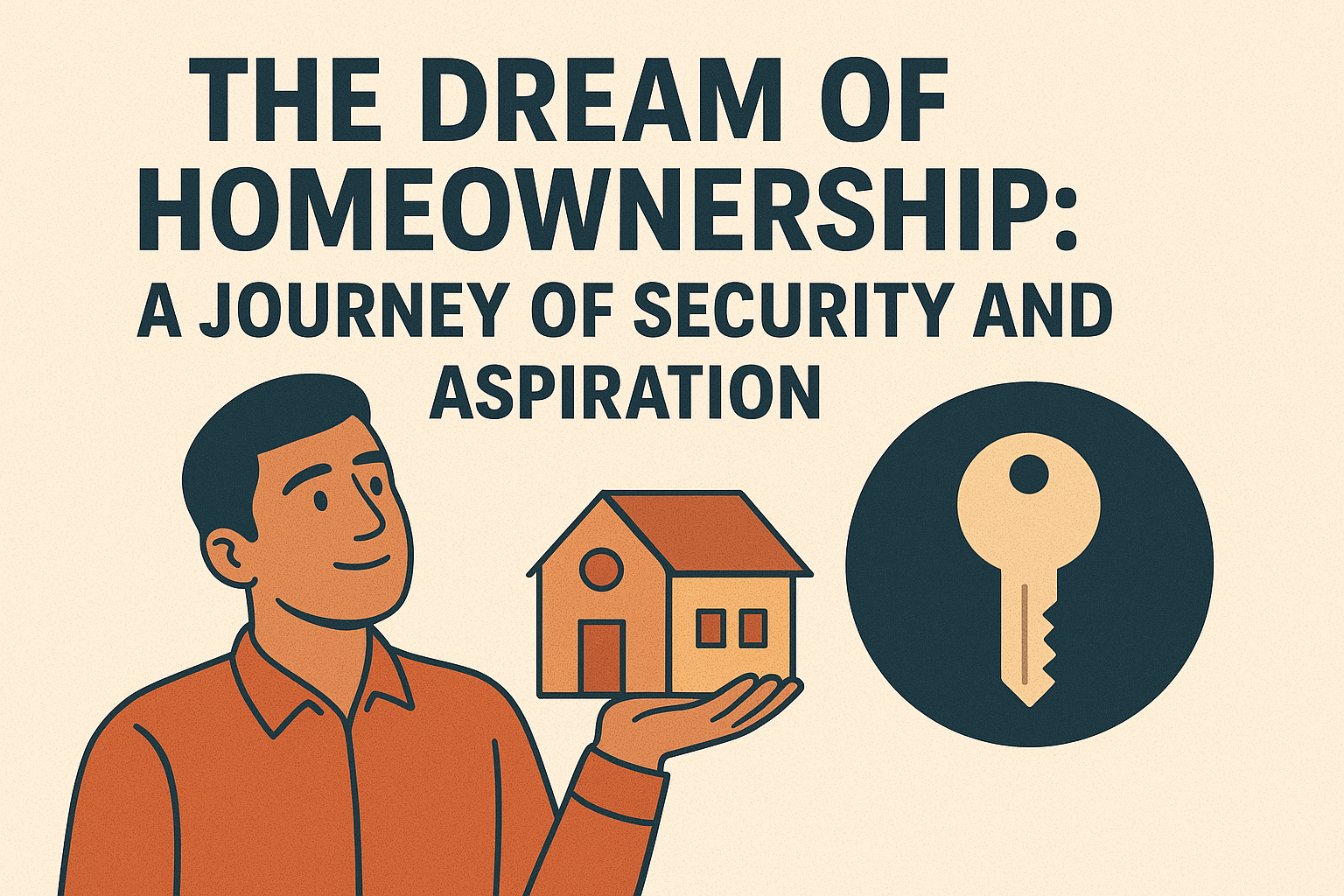
Home—the word itself carries an emotional weight that extends far beyond its material definition. More than just a place of shelter, a home is a sanctuary, a reflection of who we are, and a symbol of what we’ve achieved. For millennia, it has been the first luxury possession of humankind. Before the acquisition of fine jewels or rare fabrics, owning a home was a mark of success, a tangible evidence of stability in an otherwise volatile world.
In ancient civilizations, homes were built with great pride, becoming the epicenter for families, the cradle of dreams, and the bedrock of identity. Fast forward to today, and the desire for homeownership remains as strong as ever—often regarded as the ultimate life goal. But what makes this dream so alluring? What drives us to sacrifice so much—emotionally and financially—to possess that one place we can truly call ours?
Yet, as the dream of homeownership persists, the practicalities surrounding it can feel daunting. The decision to buy a home, or to rent one, is fraught with personal, emotional, and financial considerations. In an era where work is increasingly global, life is unpredictable, and financial pressures are mounting, the question becomes: is buying a home still a rational, necessary pursuit, or does renting offer more freedom and peace of mind?
Renting vs. Buying on EMIs: Flexibility vs. Commitment
Renting or buying—two paths, each with its own set of promises. Renting, to many, is a symbol of freedom. There is no large upfront payment, no years of debt obligations. It offers an unparalleled flexibility. You can move when opportunity calls, change cities if your job demands it, or simply decide to explore a different lifestyle. Renting also allows you to experience different neighborhoods or even luxurious properties that may otherwise be out of reach in terms of homeownership.
In a sense, renting is the modern form of "living lightly"—a way to avoid being weighed down by the responsibilities of ownership. For many, it is a temporary arrangement that suits their transient phase in life, whether they are students, entrepreneurs, or young professionals navigating a fast-changing world. Renters are not at the mercy of market fluctuations, and they don’t bear the weight of property taxes or maintenance costs.
However, buying a home through EMIs is often seen as an investment in one's future. It promises long-term stability, equity building, and emotional satisfaction. When you pay off your EMI each month, you’re not just covering a cost—you’re edging closer to full ownership, to having a place that is entirely yours. Homeownership is not just a financial achievement, but an emotional one, a declaration that you have found your footing in a chaotic world.
But this sense of permanence can also be a burden. The cost of a home, especially when paid through EMIs, often exceeds the original value of the property by a significant margin, due to interest rates. Homeowners also take on the long-term costs of property maintenance, taxes, and insurance. Moreover, the market can be unpredictable; a neighborhood’s value may decrease, leaving homeowners stuck in an asset that may no longer align with their financial goals.
Thus, while EMIs provide a clear path to ownership, they also come with strings attached: higher financial obligations, less flexibility, and a sense of permanence that might not be ideal for everyone. In contrast, renting allows for greater mobility—ideal for those whose circumstances may change rapidly.
Finding Your Path to Homeownership: A Personalized Approach
So, how can you strike a balance between the freedom of renting and the security of owning? The truth is, there’s no one-size-fits-all solution. But by exploring various strategies, you can tailor your approach to meet your unique financial situation and lifestyle goals.
One option is to save for a larger down payment. While this takes time and discipline, putting down more money upfront will reduce your loan amount and lower monthly EMIs. A larger down payment also ensures you don’t over-leverage yourself, giving you more financial freedom down the line.
For those who want to avoid being tied down by long-term debt, a shorter loan tenure can be an effective strategy. Higher monthly payments can reduce the total interest paid over the course of the loan, making homeownership more attainable in a shorter time frame.
If you’re an entrepreneur or someone with fluctuating income, traditional homeownership may not be the best fit. In such cases, rent-to-own agreements or co-owning properties could be a practical solution. These models allow you to gradually build equity in a property without the heavy commitment of a full mortgage. Rent-to-own agreements, for example, can give you the option to purchase the home after a few years of renting, while still building equity during that time.
For those who still prefer the flexibility of renting but are eager to build wealth, consider alternative forms of investment. Stocks, bonds, or mutual funds can offer liquidity and growth potential without the financial burden of owning real estate. These assets allow you to invest without feeling locked into the constraints of homeownership, maintaining your ability to pivot and explore new opportunities.
Government Assistance: Turning the Dream of Homeownership into Reality
In India, the aspiration for homeownership is deeply rooted in cultural values, where owning a home often symbolizes stability and success. However, the financial barriers can be steep, especially for first-time buyers and individuals from economically disadvantaged backgrounds. Fortunately, the government has stepped in with a series of initiatives to help make this dream more accessible.
The Pradhan Mantri Awas Yojana (PMAY) is one of the most impactful government schemes, aimed at providing “Housing for All.” Through PMAY, the government offers subsidies on home loans, making it easier for low- and middle-income families to purchase or construct homes. Under the Credit Linked Subsidy Scheme (CLSS), individuals from the Economically Weaker Section (EWS), Low-Income Group (LIG), and Middle-Income Group (MIG) can benefit from interest rate reductions of up to 2.67%, thus significantly lowering the monthly burden of EMIs.
Additionally, the Affordable Rental Housing Complexes (ARHC) initiative seeks to bridge the gap between homeownership and renting by providing affordable, well-located rental housing options in urban areas. For first-time buyers, state-level incentives like stamp duty waivers, property tax exemptions, and financial assistance can further ease the path to homeownership.
These government schemes, while not without their challenges, have made owning a home more attainable for millions of families, especially in urban and rural regions where affordability has long been a concern.
The Right Choice for Your Future: Navigating the Path to a Home
In the end, the choice between renting and buying a home is deeply personal—and often influenced by financial constraints, lifestyle aspirations, and long-term goals. For some, renting offers the ultimate flexibility to move, grow, and adapt. For others, owning a home provides a sense of permanence, pride, and financial security.
The good news is, the path to homeownership does not have to be rigid. Whether through saving for a larger down payment, opting for a shorter loan term, or exploring innovative models like rent-to-own or co-ownership, there are numerous ways to make homeownership more accessible without sacrificing financial health. And with government schemes like PMAY, the dream of owning a home is no longer a distant fantasy for many families—it’s a reachable reality.
Ultimately, a home is more than just a financial asset. It’s where your life unfolds, where memories are made, and where your personal legacy begins. Whether you choose to rent or buy, the key is to make the decision that aligns with your aspirations, your circumstances, and your financial well-being. With careful planning, a thoughtful approach, and the right resources, you can find your path to a home that truly reflects who you are and where you want to go.
By - Pankaj Thakur
Real estate Professional





.jpeg)






.jpeg)

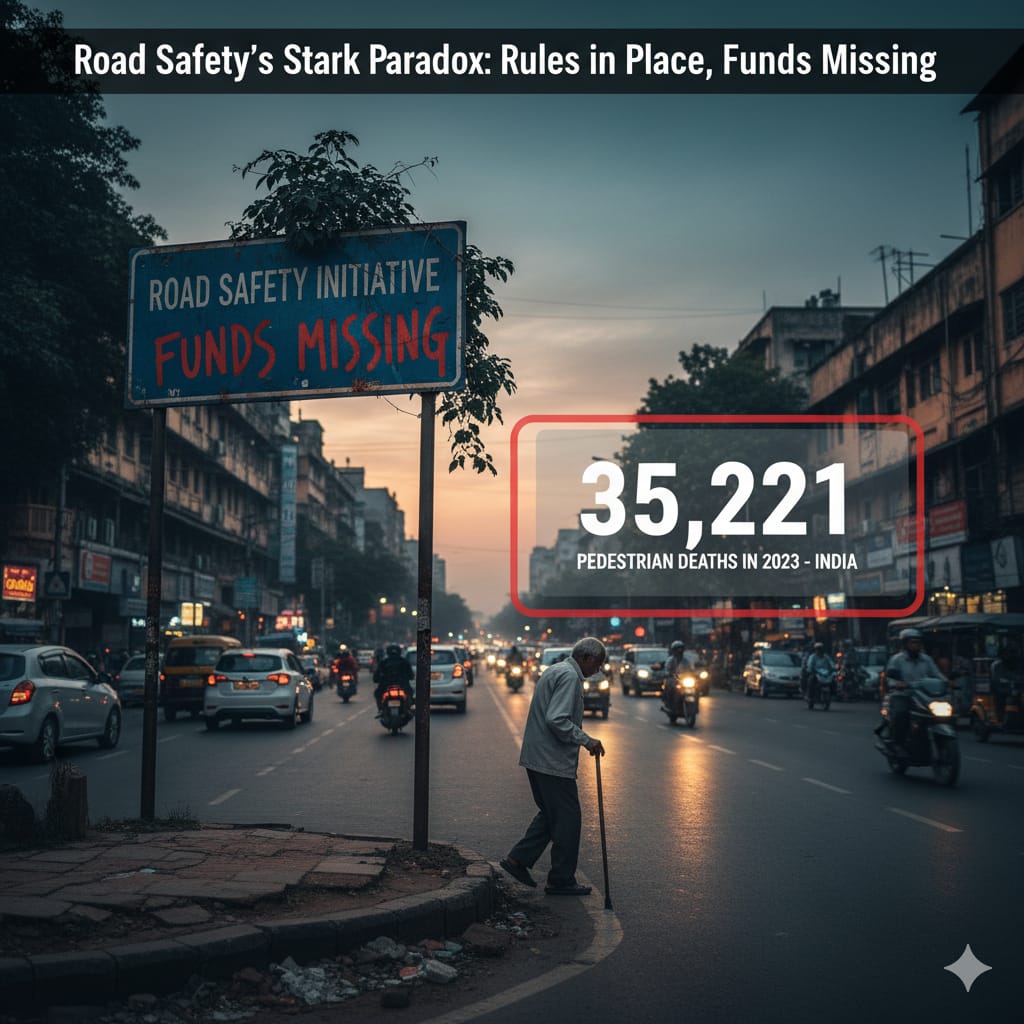
.jpeg)

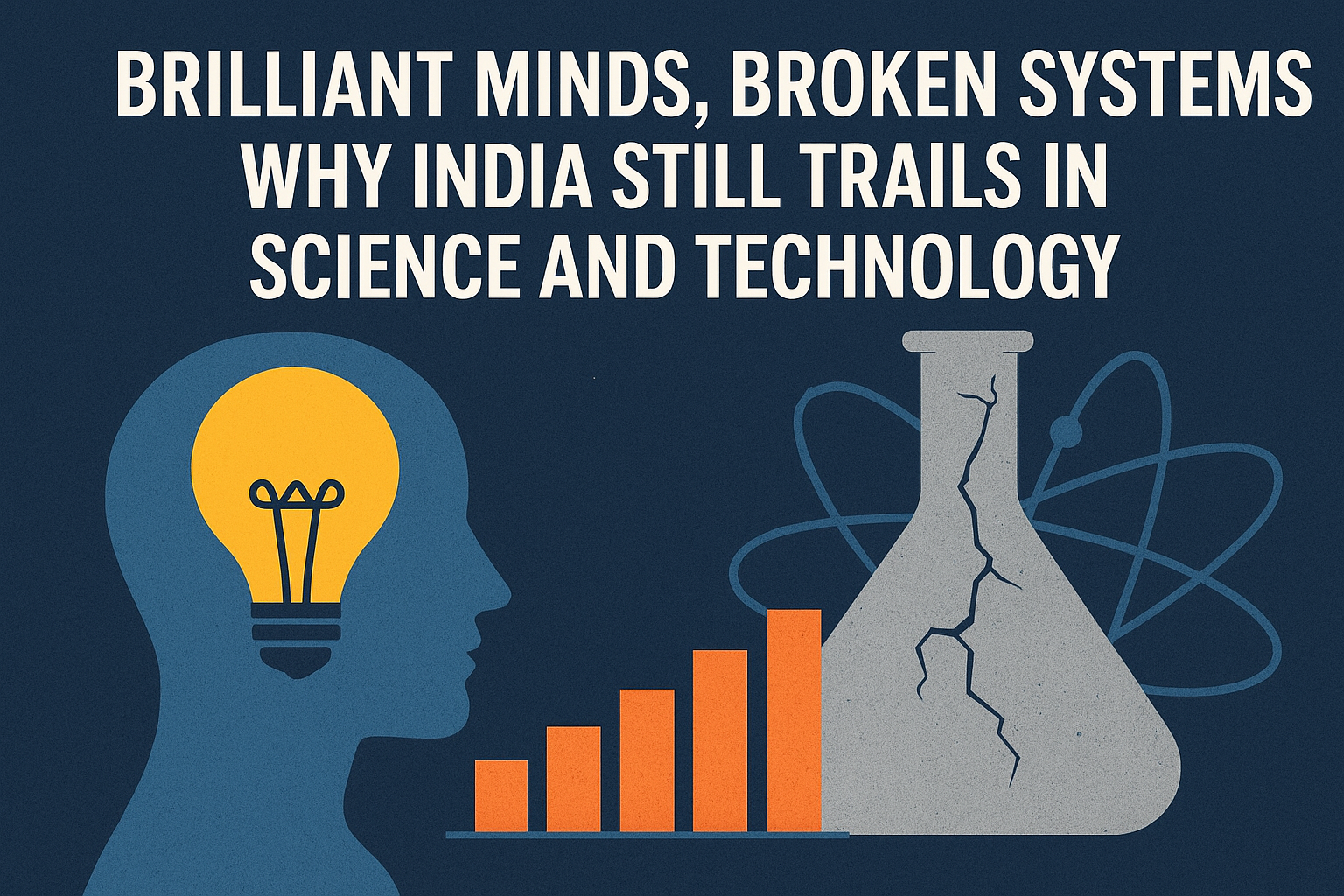
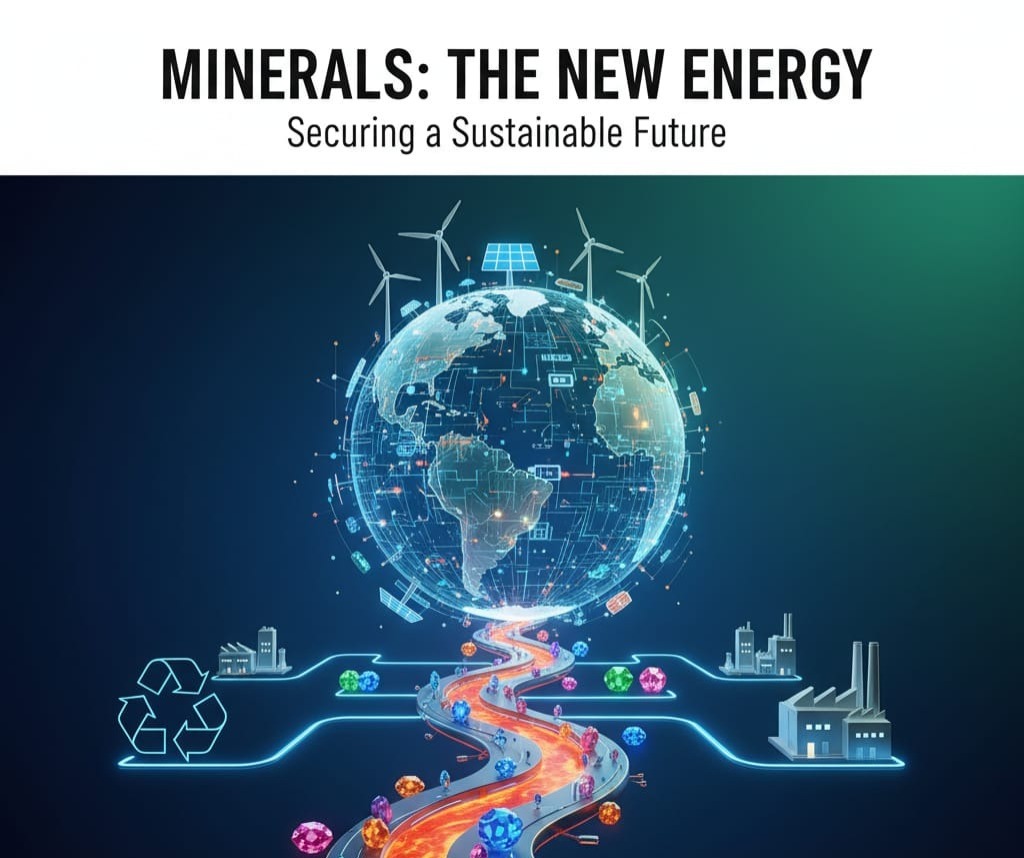

.jpeg)
